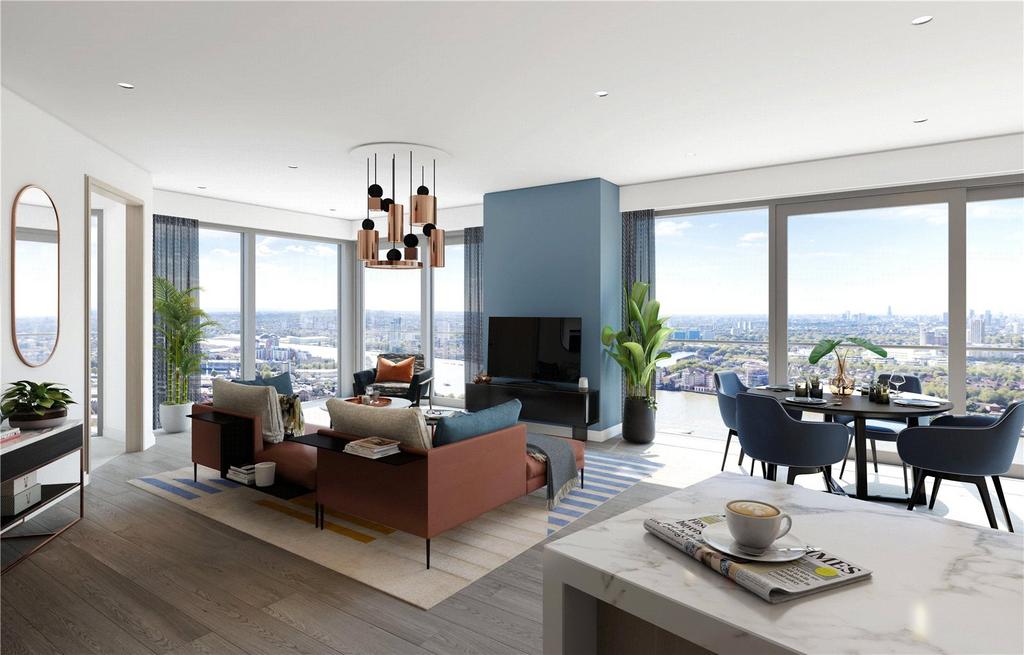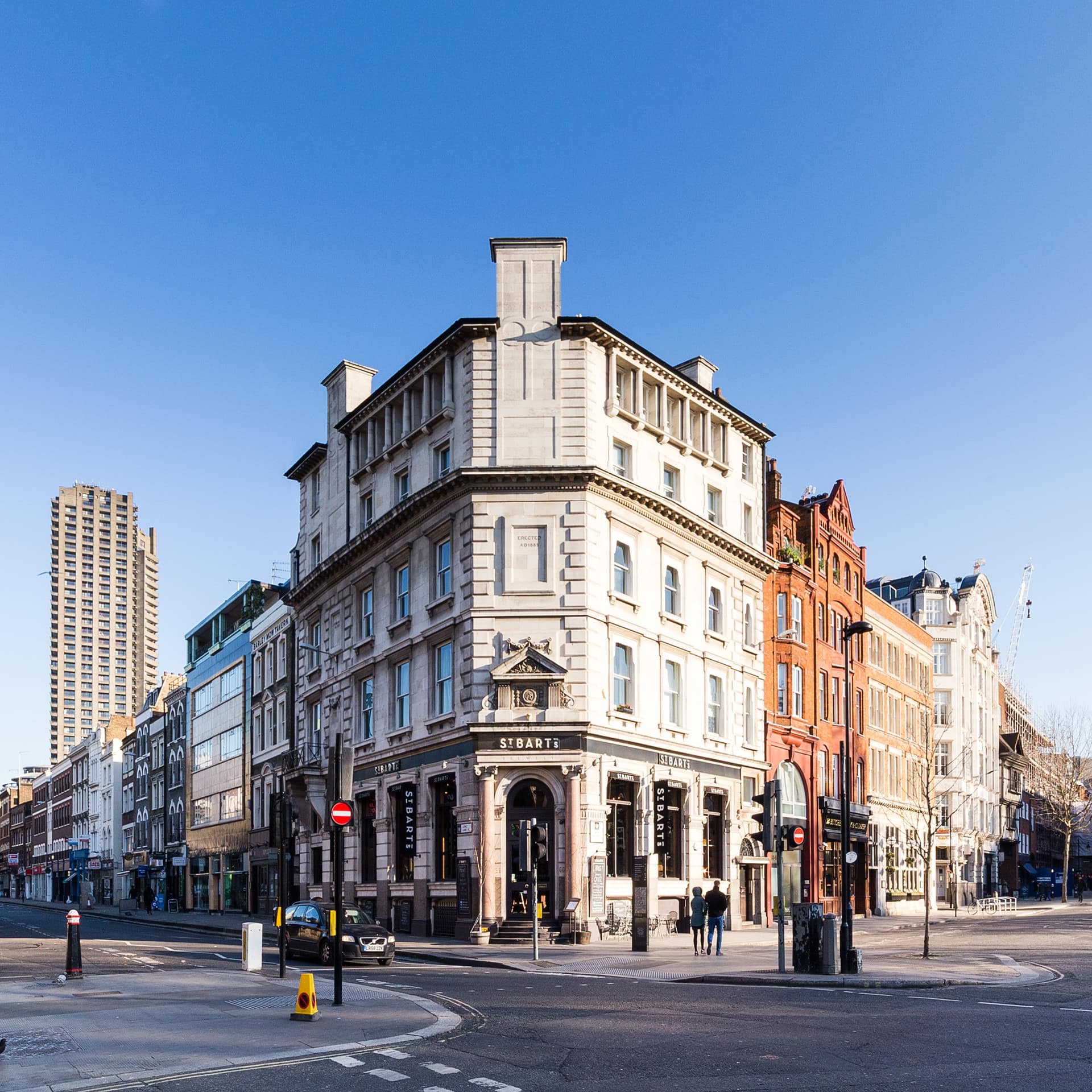What does it mean to live in London? Not visit, not pass through, but to live — to feel the city under your skin, to watch its moods shift through your window, to claim a little square of space and call it home.
Now ask the question again, but split it down the middle: what does it mean to live in London on £1,000 a month… versus £100,000?
It’s a difference in cost, yes — but more than that, it’s a difference in narrative, in privilege, in what the city gives and what it takes. And behind those figures are people: a nurse on night shifts, a finance exec juggling acquisitions, a student stacking shelves after lectures, a tech CEO jetting between time zones. This isn’t just about apartments. It’s about the lives unfolding inside them.

Related article - Uphorial Podcast

At £1,000 a month, London living is a game of strategy. It's knowing how to find a Zone 4 flatshare with mould-free walls and a 15-minute walk to the bus. It's boiling pasta in a shared kitchen while someone else's laundry dries by the radiator. The space is modest — a single room, maybe two — and the silence is rare. You share noise, smells, and routines. There’s no concierge, no rooftop garden, no private cinema. But there’s something raw and real. You learn the city's veins: the night buses, the shortcuts, the markets where fruit's cheaper after 5 p.m. You meet the community not in curated lounges but in queue lines and corner shops.
Then there’s £100,000 a month. For that, London curves toward you. A penthouse in Mayfair, views across Hyde Park, interiors touched by Italian marble and Japanese artisanship. Walls that insulate you from the outside world — not just soundproofing, but life-proofing. Privacy, security, indulgence. You don’t take the Tube. The Tube waits for others. You enter via coded lifts, with staff who know your name but not your business. There are cinema rooms, gyms better equipped than boutique studios, wine cellars, and saunas. Art is not decoration here — it’s an investment. A Damien Hirst hangs beside the elevator.
But strip away the glitz and ask again: what does it feel like to live here?
At £100K a month, loneliness can echo louder. The city feels distant, a view you admire more than a life you navigate. You don’t bump into people. You schedule them. Your flat becomes a fortress — luxurious, yes, but sealed. Even the air feels filtered. And sometimes, it’s not freedom but detachment you feel.
Yet to the £1K renter, the idea of such space can feel absurd. Whole rooms are dedicated to shoes. Heated floors in summer. Fridges are bigger than flats. It's not envy, always — sometimes it’s disbelief. But also, a question: how can two people live in the same city and experience different worlds entirely?
Because that’s what London is — a mosaic of contradiction. One city, hundreds of versions. Gentrification reshapes a postcode; immigration reshapes its heartbeat. A £1,000 tenant in Stratford might walk the same street as a £100,000 tenant in Belgravia — but the London they see, hear, and breathe is vastly different.
And the truth is, both versions have their form of cost. For the £1,000 tenant, it’s measured in exhaustion, sacrifice, and proximity. For the £100,000 tenant, it’s often isolation, performance, and pressure. No one escapes unscathed. So, what’s it like to live in a £1K vs £100K apartment in London? It’s like holding two mirrors up to the same city and watching it shift, shimmer, split. It’s about space, yes — but also access. It’s about who London bends for and who must bend to live in it. And in that contrast — brutal, fascinating, unfair — we find a portrait of modern urban life. Where home is not just a place but a reflection of what the city believes you deserve.



